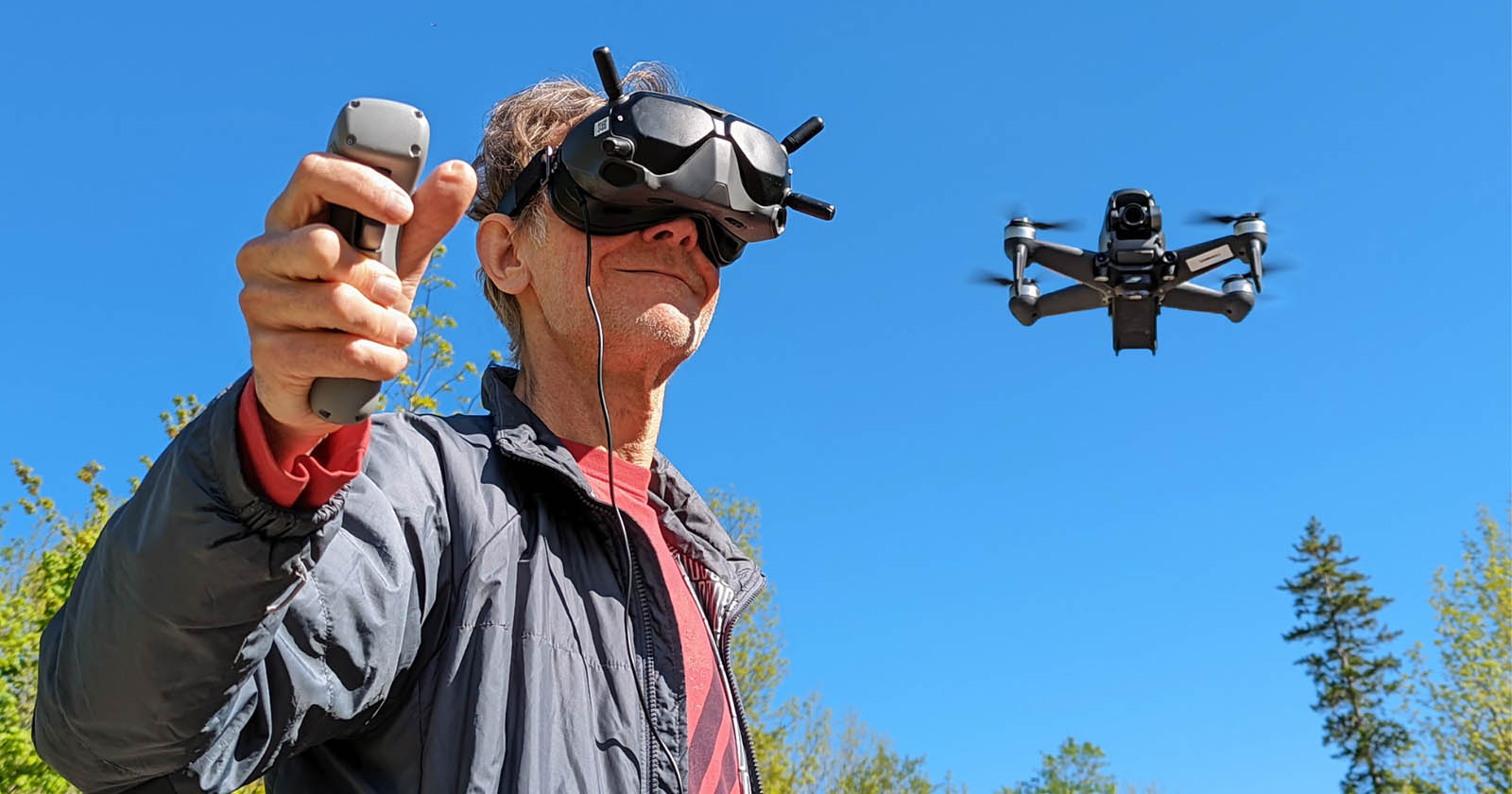Wireless transmission channels and characteristics
There are many options for achieving ultra long distances, which can be wired or wireless. In general, wired transmission is definitely more distant, and transmission over tens of thousands of kilometers is possible. Taking voice transmission as an example, face-to-face communication relies on sound wave transmission. Although the distance of sound wave transmission is short, it is still possible without the use of high-tech means. For images, modern communication methods such as fiber optics are necessary.

When it comes to modern communication methods, we must talk about the frequency of electromagnetic waves. Generally speaking, the lower the frequency of electromagnetic waves, the farther they propagate. For example, the transmission of confidential communication telephones required for military activities belongs to the ultra short wave frequency, which is relatively far away. Ground communication generally uses this frequency (such as walkie talkies). And some communication methods that require relay transmission (such as through relay towers) use shortwave, which has a lower frequency than ultra shortwave and can propagate further, hundreds or even thousands of kilometers. For example, VOA's radio station uses shortwave frequency.
Long distance transmission definitely means that the narrower the data volume, the farther it spreads, and the higher the transmission power, the higher the sensitivity, which involves the issue of power.
To transmit information over long distances, the higher the power, the farther the transmission. TV towers erected in high places have a power of several kilowatts or even tens of thousands of watts. For example, after broadcasting is transmitted through a tower, a large area can receive the broadcast, and this power is definitely not small. If television workers are exposed to the transmitting equipment, it can cause great harm to their bodies.
In summary, the equipment of various operators is the same. They increase the power of base stations or towers in order to transmit further.
Generally speaking, the bandwidth for voice transmission is around 3K, as 3K is sufficient for an ordinary person to speak, and if it can be compressed, several hundred K is enough. Therefore, the transmission bandwidth for voice is very small. Nowadays, the bandwidth of drones starts at M, which poses a much greater challenge for long-distance transmission. The transmission distance depends on sensitivity. According to Shannon's formula, if the bandwidth increases tenf


